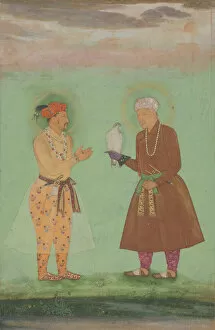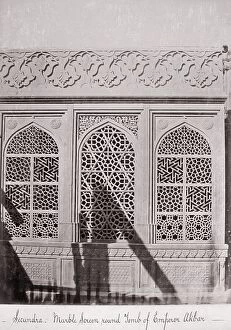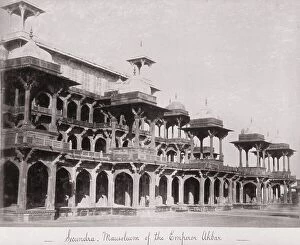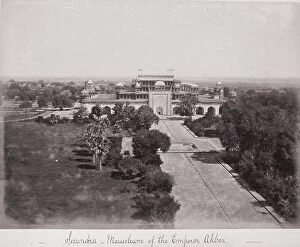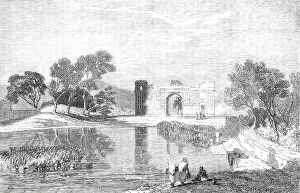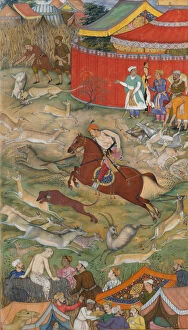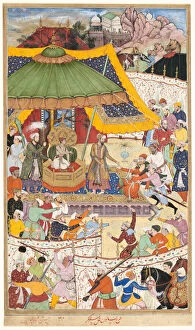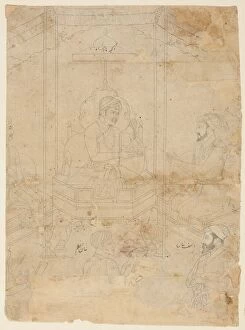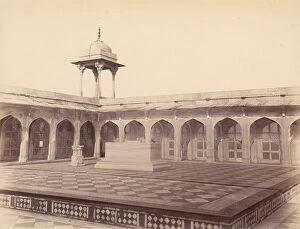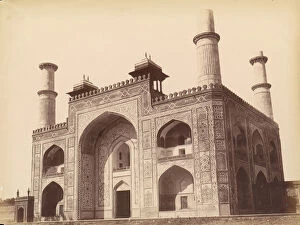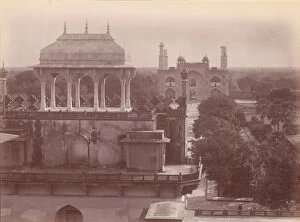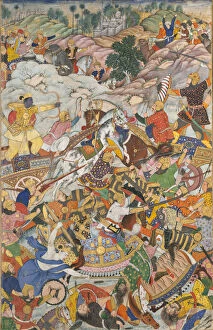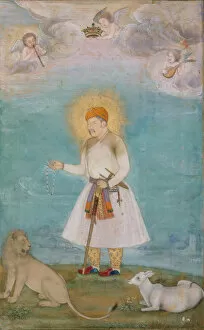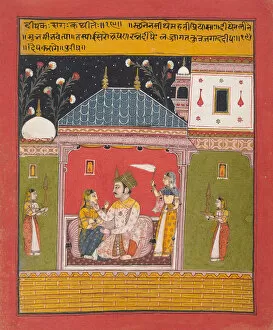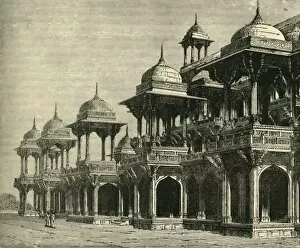Timurid Jalaluddin Muhammad Akbar Collection
Timurid Jalaluddin Muhammad Akbar, also known as Emperor Akbar, was a prominent figure in Mughal history
For sale as Licensed Images
Choose your image, Select your licence and Download the media
Timurid Jalaluddin Muhammad Akbar, also known as Emperor Akbar, was a prominent figure in Mughal history. He succeeded his father, Jahangir, and ruled over the vast empire with great wisdom and vision. The Shah Jahan Album showcases the artistic brilliance of this era, depicting scenes from Akbar's reign. One such folio portrays Al-Mu'tazz sending gifts to Abdulla ibn Abdulla in a copy of the Tarikh-i Alfi. This exemplifies Akbar's diplomatic prowess and his ability to foster relationships with neighboring kingdoms. Another page from a manuscript illustrates the young emperor arresting the insolent Shah Abu l-Maali. It highlights Akbar's firmness in maintaining law and order within his realm. In another artwork, we witness Akbar offering Timur's crown to Shah Jahan. This gesture symbolizes his recognition of Shah Jahan's potential as an heir apparent and successor to continue the legacy of their illustrious ancestors. The Chingiznama presents Tumanba Khan alongside his wife and nine sons – showcasing familial ties that were highly valued during this period. Misbah the Grocer brings spy Parran into his house in yet another folio from Hamzanama – highlighting intrigue and espionage prevalent during those times. Akbar's tomb stands tall as a testament to his grandeur even today. Located both at Agra and Sikandra, these magnificent structures reflect not only architectural brilliance but also serve as reminders of an era marked by cultural richness under Akbar's rule. Krishna holds up Mount Govardhan to shelter villagers in one folio while Krishna and Balarama fight enemies in another - demonstrating religious diversity celebrated during this time under Emperor Akbar’s policy of religious tolerance. Lastly, we see him depicted with a lion and calf - symbolizing strength combined with compassion for all creatures on earth.

